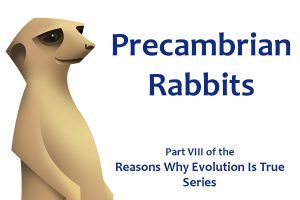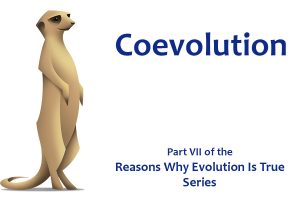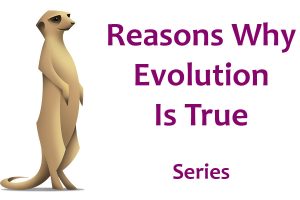Reasons Why Evolution is True Part IX:
DIY Evolution

Although some people may try to refute the theory of evolution, nobody can deny that natural selection occurs. We can demonstrate this quite easily within a single human lifetime, and humans have been inadvertently using natural selection to our own advantage for over 10,000 years. The processes I’m discussing, of course, are artificial selection and domestication.
When Darwin first began to think about evolution, one area of greatest interest to him was domesticated species, in particular the pigeon. The pigeon exists in around 300 of varieties, which have been selected for by pigeon fanciers for at least 5,000 years. The similarities between domestic pigeons and their wild counterparts are clear, however it seems that humans have, over many pigeon generations, been able to shape many aspects of their appearance including plumage colour and shape, body size, and beak shape. Other domesticated species such as dogs, cattle and even crop plants, have undergone significant changes in their appearance and internal anatomy since humans first began breeding them.
Continue reading



